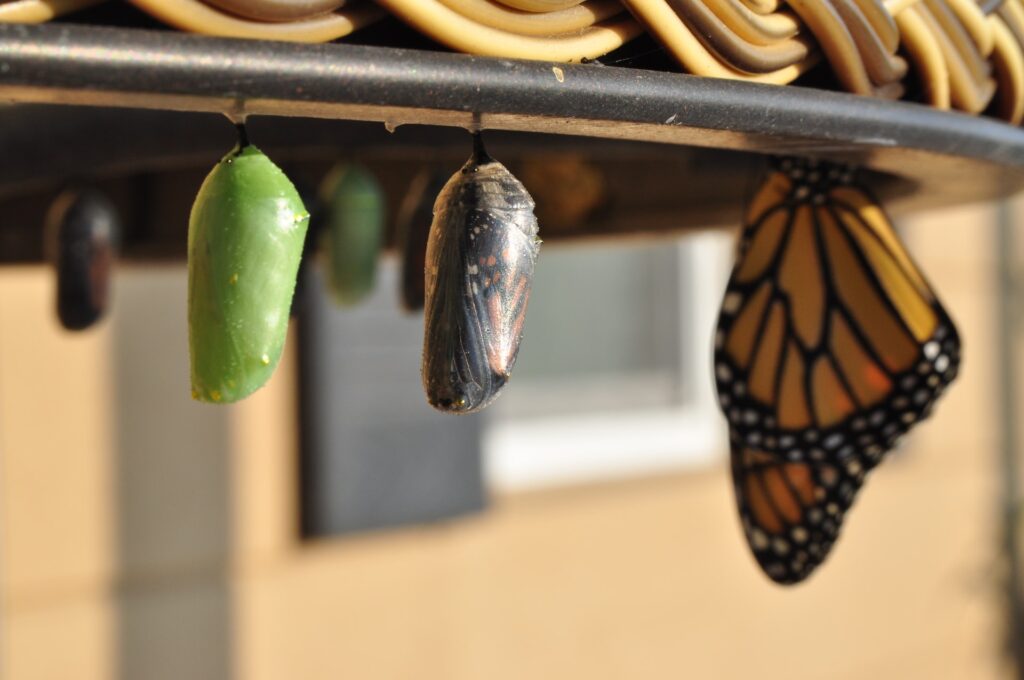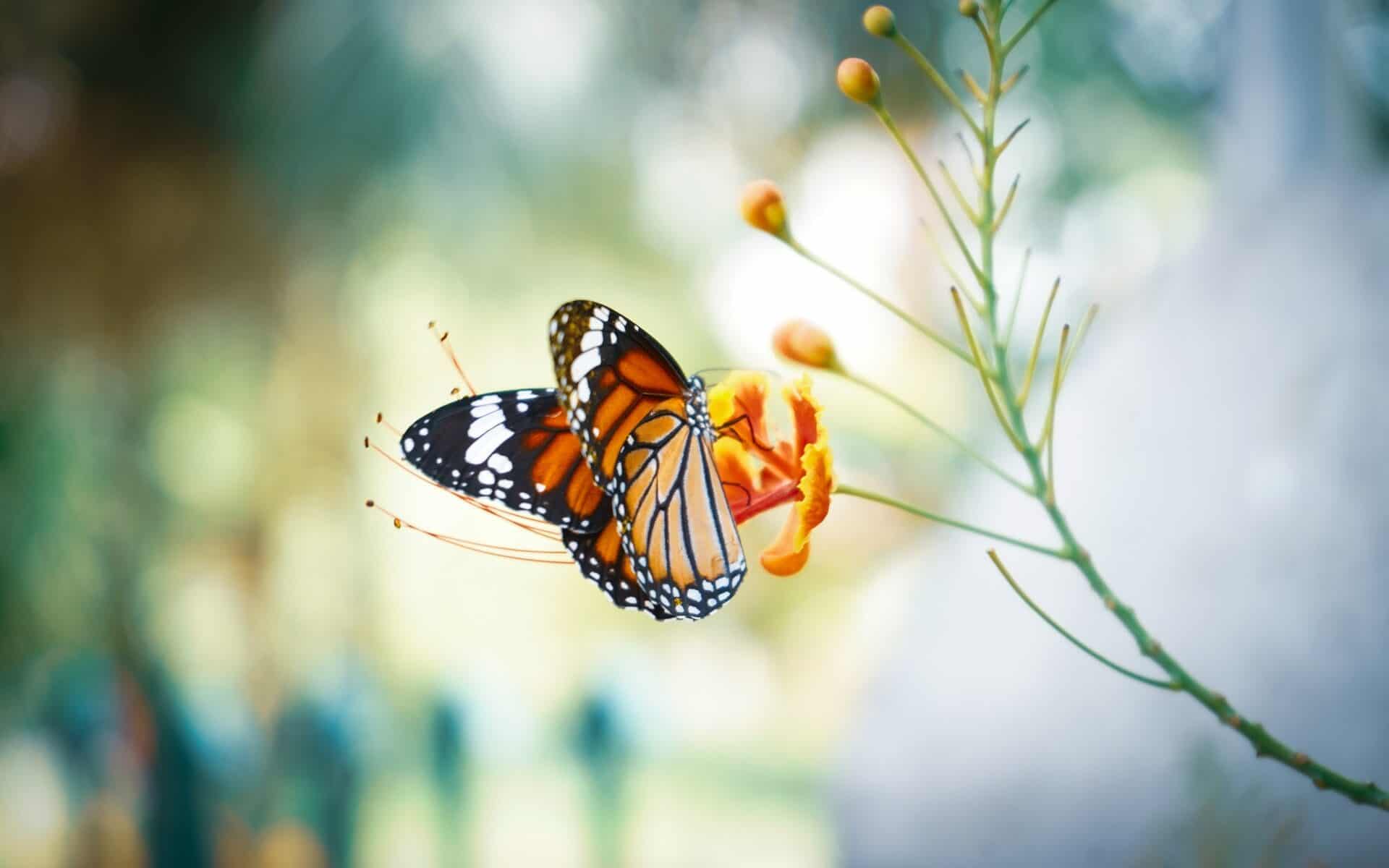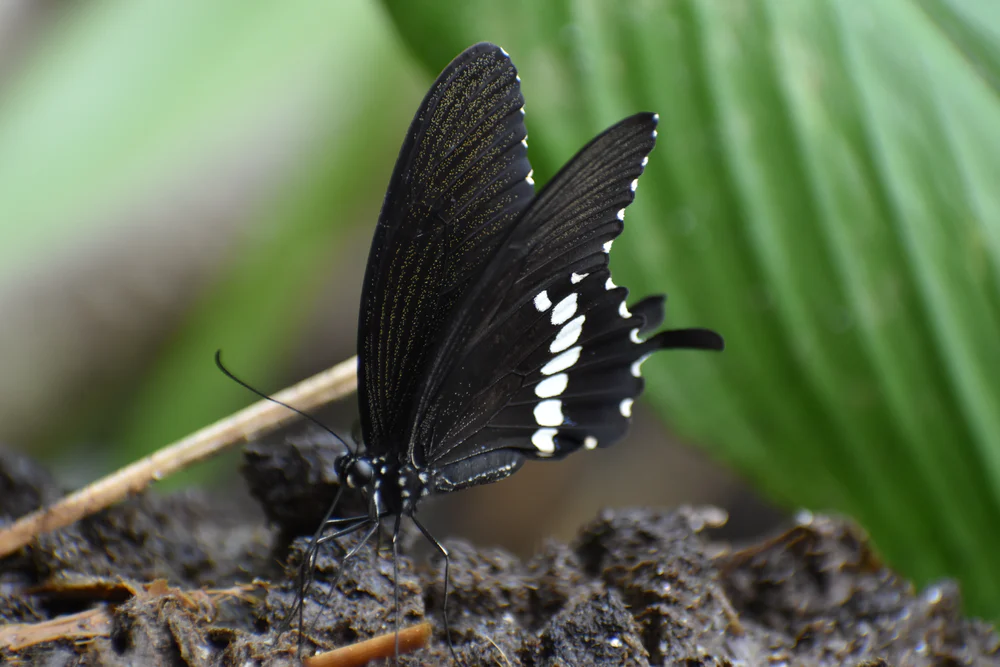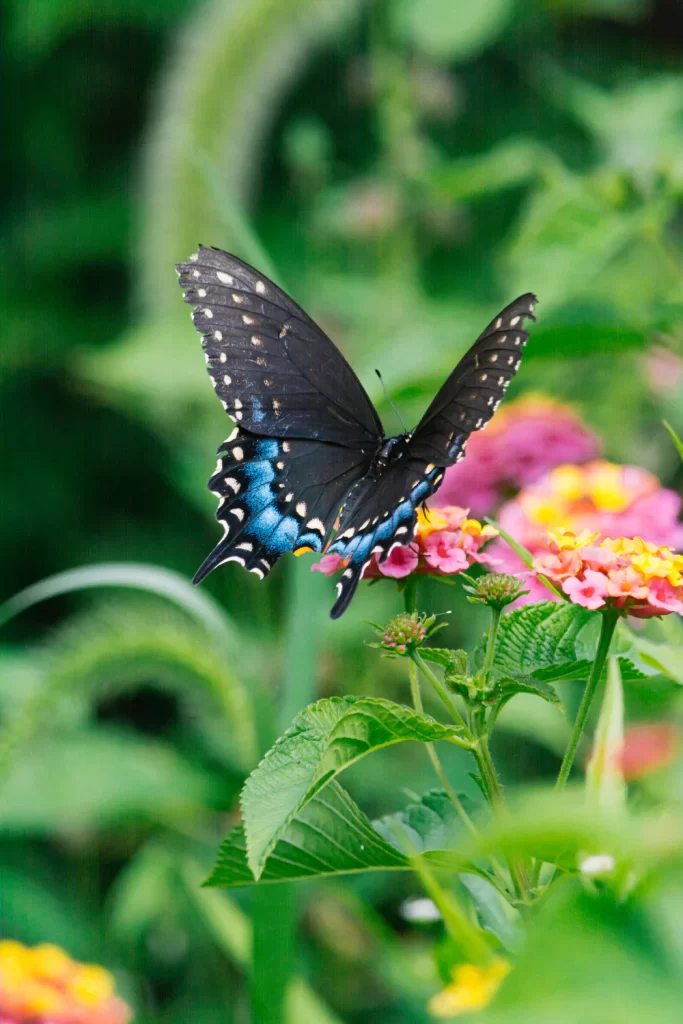Butterfly on orange flower photo by Calvin Mano on Unsplash
A kindergarten science lesson.
To get started, draw three columns on the whiteboard or a projector device. Ask students what they know about butterflies and write the ideas on the left column on the whiteboard to activate prior knowledge. Allow all students to share. This lesson is based on students’ questions and so encourage curiosity and push students’ thinking.
Show the video below describing the phenomena of a butterfly’s lifecycle. Pause the video at 1:30 and ask students what they predict will happen next using the information generated from their prior knowledge.
Next, add two more columns onto the whiteboard. Next to prior knowledge write ‘Notices’ and ‘Wonderings’. Ask students what they notice and wonder from the video. Write every response down on the board- make sure that students know there is no right or wrong response.
Using students’ ideas, explain that today we are going to answer their questions regarding a butterfly’s lifecycle!
Using the images and talking points below, go through the lifecycle of butterflies with students making sure to come back to their notices and wondering as questions get answered along the way.
First Stage of a Butterfly
All butterflies go through a complete metamorphosis- they go through four life stages. A butterfly’s life starts in a small round or oval egg. The eggs are often found on the leaves of plants. It can take a few weeks for the butterflies to hatch from the egg.
Second Stage of a Butterfly

A Caterpillar’s Diet
Once a butterfly hatches, the butterfly comes out a caterpillar and they eat a ton! They start by eating their way out of their egg and then they start eating the leaf they were born on!
Photo by Sara Codair on Unsplash
Can you guess what foods from the ‘Very Hungry Caterpillar’ book, caterpillars do not eat? Caterpillars do not eat desserts like lollypops and pies. In fact, each caterpillar type only likes to eat a certain type of plant so it is important that the mother butterfly lays her eggs on the right leaves.
However, like the book, caterpillars do grow very quickly. Their food helps them grow! Caterpillars grow by shedding their molting their outgrown skin because their exoskeleton (skin) does not stretch as they get bigger. Kind of like how kids grow into new clothes as their body changes, caterpillars shed their skin through molting because they grow quickly from eating.
Third Stage of a Butterfly

Once the caterpillar is done growing, they form into a pupa (aka chrysalis). where the caterpillar rapidly changes through a system called metamorphosis. The caterpillar stays in the pupa for one to two weeks. The shell of the pupa is the same color as the leaves or branches around it. What color leaves do you think were around the pupa above? Why do you think they are the same color? Could it be to hide from predators?
Fourth Stage of a Butterfly
Once the caterpillar finishes changing inside a pupa, it emerges as an adult butterfly! When the butterfly first comes out of the shell, it has to rest because its wings are very wet. To dry their wings, butterflies hang upside down. Once the butterfly is able to fly, it goes off to look for food and for a mate. Then the butterfly lays eggs to start the lifecycle over again!
Look at the before and after of the butterfly in the chrysalis and after it is out. What do you notice? What similarities and differences do you see?


Adult butterflies come in lots of different colors, what colors do you see? Have you seen butterflies in other colors? How do you think their colors and patterns help them live in their habitat?





Hi Marlee! I loved your activity you chose for your kindergarten science class. It is such a creative idea and they would definitely love learning about butterflies. It’s great that you included Eric Carle’s popular children literature book. This will help students to stay engaged along with having fun with this activity! I can’t wait to implement this into my future classroom!
Marlee, Everything about this post is first-rate. Thoughtful instructions to teacher to guide throughout. Opens with remarkable monarch butterfly transformation, which sets the stage for the closer consideration of each stage of life. The images and presentation clearly support the task and foster engagement. Even includes a reading. Outstanding!
Marlee, I really loved this post. The life cycle of a butterfly was the perfect topic to do for this photo-centered lesson in my opinion. I especially loved how you used both a video of a real life butterfly, as well as the children’s book.
Marlee, I really enjoyed this post! It was easy to read and follow along with and it also opened up the classroom for students to share. I think activating their prior knowledge and then leaning into that before you show the video is a super important part of teaching and also a way for your students to think back on personal experiences and engage in conversation. I also really liked the idea of having a ‘Notices’ and ‘Wonders’ column in your presentation because I think that students will be more interested in what you have to say in order ti answer their own own questions. I think pointing out where questions are being answered or a fact that related to a wonder is also a super good way of keeping kids involved in their education. I can’t wait for you to be a teacher!
Hi Marlee! I really really loved your activity! This is an awesome way to make use of the different image pictures in a way that also helps to enhance your lesson. I especially liked the slide bar/comparison of the butterfly in the cacoon to it hatched. That was awesome! Great job on this!